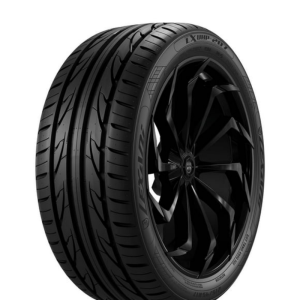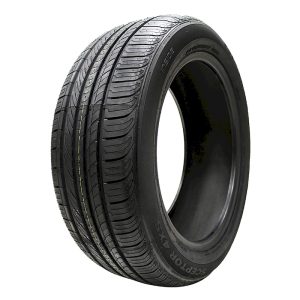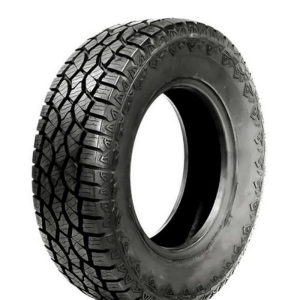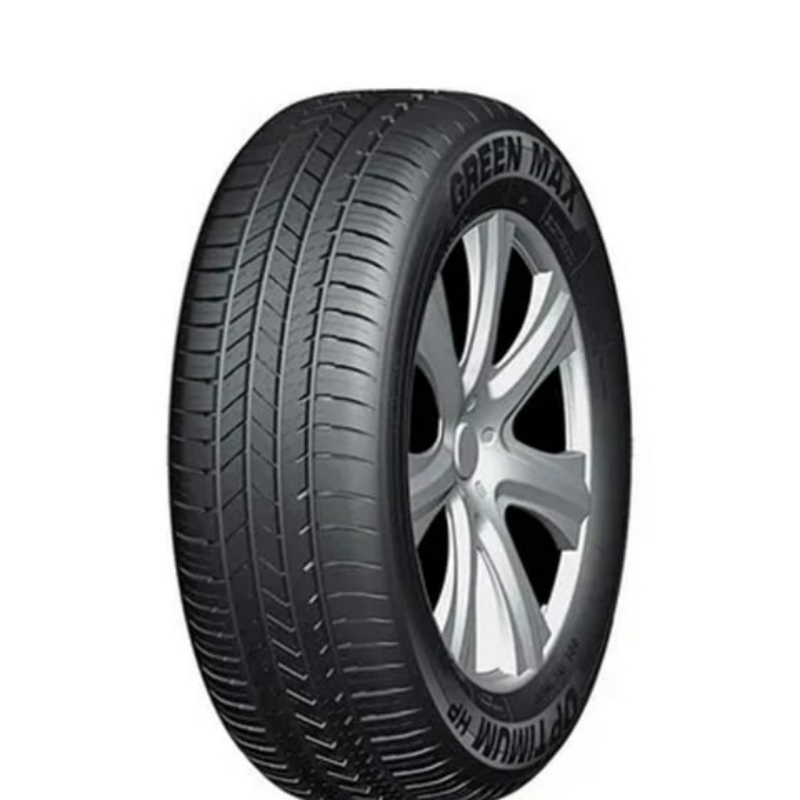
When you think about your vehicle, the tires often go unnoticed, despite being the only part in direct contact with the road. Tires play a critical role in ensuring your safety and comfort while driving. However, one common question arises: what are tires made out of? Understanding the materials that compose tires can illuminate not only their functionality but also their impact on performance, durability, and safety. Tires are intricate structures made from a combination of rubber, fabric, and steel, which engineers design to meet specific requirements based on vehicle types and driving conditions. In this comprehensive guide, we will delve into the various materials that constitute tires.
We will explore the roles they play and how manufacturers combine them during the manufacturing process. Additionally, we will look at how these materials influence tire performance, maintenance, and environmental considerations. Ultimately, by the end of this article, you will have a deeper understanding of what tires are made out of and their significance in the world of automotive engineering.
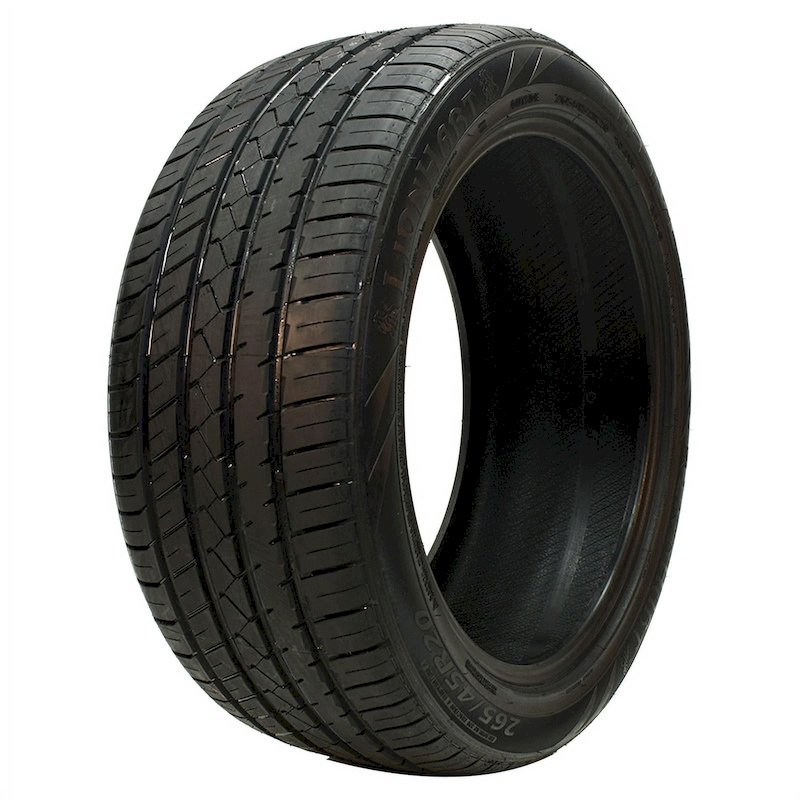
The Composition of Tires
When embarking on the journey of understanding what tires are made out of, it is essential to explore the various components that come together to create these pivotal vehicle elements. Each material is carefully chosen for its specific properties and benefits.
Natural Rubber
Natural rubber is derived from the latex of rubber trees and serves as one of the primary materials used in tire manufacturing. This material offers several critical benefits:
- Flexibility and Resilience: Natural rubber delivers the essential flexibility and resilience needed for tires to endure various road conditions while retaining their structure. Therefore, it provides stability and comfort during driving.
- Performance Properties: The abrasion and tear resistance of natural rubber make it an excellent choice for providing tires with longevity and durability. This means that tires made from natural rubber tend to last longer, thus reducing replacement costs.
While natural rubber is undeniably vital, manufacturers often blend it with synthetic rubber to enhance performance and lower costs.
Synthetic Rubber
Synthetic rubber is manufactured through the polymerization of petrochemicals, and it plays a significant role in tire production. Here are some key advantages of synthetic rubber:
- Customizability: Unlike natural rubber, manufacturers can tailor synthetic rubber to meet specific performance characteristics. This flexibility enhances qualities like heat resistance and traction, which are essential for safety.
- Cost Efficiency: By utilizing synthetic rubber, manufacturers can reduce production costs. Consequently, they can offer more affordable tires without compromising quality, thus making safe driving more accessible.
The seamless blend of natural and synthetic rubber allows manufacturers to optimize tire performance based on diverse intended uses.
Fabrics and Reinforcements
To enhance their strength and structural integrity, tires often incorporate various fabrics and reinforcements:
- Polyester and Nylon: These synthetic materials are commonly used in tire bodies. They add strength and flexibility while helping maintain the tire’s shape under load. This becomes crucial when navigating through rough conditions.
- Steel Belts: Many tires include steel belts in their construction. These steel belts provide additional stability and help resist punctures, resulting in a smoother ride. Additionally, they improve overall handling and control.
Reinforcements significantly impact tire durability and performance. As a result, they ensure that tires can withstand road conditions and the weight of the vehicle effectively.

Carbon Black
Carbon black is a vital component that enhances the performance characteristics of tires:
- Durability and Toughness: The addition of carbon black increases the wear resistance of tire. This enhancement ultimately extends their lifespan by reducing friction-induced wear.
- UV Protection: This material helps shield tire from damaging ultraviolet rays. It effectively prevents premature aging and degradation, which are common issues in tire longevity.
Incorporating carbon black plays an essential role in ensuring that tire not only perform well but also stand the test of time across varying environmental conditions.
The Tire Manufacturing Process
Understanding what tire are made out of necessitates an exploration of how these materials transform into finished products. The tire manufacturing process is a highly intricate procedure that involves several key stages.
Material Preparation
The first step in the manufacturing process involves preparing the necessary materials:
- Mixing Ingredients: Manufacturers blend raw materials, including rubber (both natural and synthetic), carbon black, oils, and various chemical additives. This creates a uniform rubber compound.
- Compounding: This crucial process generates a formula tailored to the desired performance characteristics of the final tire. As a result, manufacturers can create tire suited to specific applications.
Component Manufacturing
After preparation, the manufacturing of individual tire components begins:
- Tread and Sidewall Production: The rubber compound is molded into various pieces, including the tread and sidewall. These components are designed specifically to meet performance requirements, addressing the challenges of both wet and dry roads.
- Building the Tire: Once the components are created, manufacturers assemble them. This step often involves layering the tread, sidewalls, and reinforcing fabrics, ensuring optimal strength and performance.
Curing Process
The curing process, also known as vulcanization, transforms the assembled components into a solid, durable tire:
- Heat and Pressure Application: Manufacturers place tire in a mold, where they are subjected to heat and pressure. This application triggers a chemical reaction, enabling the rubber to become a flexible yet robust material.
- Final Shape and Texture: The curing process finalizes the shape and texture of the tire, including tread patterns that are crucial for traction and performance. This step directly impacts safety and handling capabilities.
Quality Control
Quality control emerges as an integral part of tire manufacturing:
- Testing: Tires undergo rigorous testing, including pressure tests, visual inspections, and road simulation tests. These evaluations ensure compliance with safety and performance standards.
- Certification: Only tires that pass thorough inspections receive certification for public road use. This certification guarantees quality and reliability, offering peace of mind to consumers.
The entire manufacturing process aims to produce high-quality tire that are ready to perform across various conditions safely.
Types of Tires and Their Composition
Different types of tires serve diverse purposes, and each can have a unique composition tailored to its intended use. Knowing these differences helps you determine what tire are suitable for your needs.
All-Season Tires
All-season tires are designed to provide balanced performance across different weather conditions:
- Composition: Typically made from a blend of natural and synthetic rubber, these tire feature specialized tread patterns that offer traction in both wet and dry roads.
- Versatility: They strike a compromise between summer and winter tire. As a result, they become a common choice for everyday vehicles in temperate climates.
Performance Tires
Performance tires are engineered to deliver maximized handling and responsiveness:
- Composition: These tires often include a higher percentage of synthetic rubber to enhance grip and flexibility at higher speeds. This feature ensures better performance in sporty driving.
- Tread Patterns: The tread designs specifically optimize traction during cornering. Thus, they provide stability and control in performance-driven scenarios.
Winter Tires
Winter tires are specifically designed for cold weather conditions:
- Composition: Made from a softer rubber blend that remains pliable at low temperatures, winter tires provide improved grip on snow and ice, essential for safety.
- Tread Design: These tires feature deep treads and unique patterns that enhance traction in slippery conditions. As a result, they significantly reduce the likelihood of accidents in winter weather.
Truck and SUV Tires
Tires designed for trucks and SUVs require robust construction to handle heavier loads:
- Composition: These tires typically incorporate a more rigid rubber compound and additional steel belts to support high load capacities. This design helps accommodate heavier vehicles safely.
- Tread Patterns: The tread patterns often feature more aggressive designs, making them suitable for off-road traction and durability under tough conditions.
Selecting the right type of tire for your vehicle and driving conditions ensures optimal performance and safety.
How Material Properties Affect Tire Performance
Understanding what tires are made out of also involves recognizing how each material influences performance characteristics. The interplay between materials creates tires optimized for diverse needs.
Traction and Grip
One of the most critical aspects of tire performance is traction, which is influenced by several factors:
- Tread Design: Tread patterns and the softness of the rubber play essential roles in how well tires grip the road, especially in adverse weather conditions.
- Material Composition: A blend of natural and synthetic rubber enhances traction because flexibility helps tires adhere better to various surfaces. This factor becomes especially important during rain or snow.
Durability and Lifespan
The materials used in tire construction significantly affect how long tires last:
- Rubber Quality: High-quality rubber compounds enriched with carbon black enhance wear resistance. Therefore, they extend tire longevity, reducing the frequency of replacements.
- Reinforcement: Fabrics and steel belts contribute to overall durability. They help tires withstand impacts and resist punctures, making them safer for everyday use.
Fuel Efficiency
Material properties can also impact fuel efficiency:
- Rolling Resistance: Tires designed with lower rolling resistance, utilizing advanced materials and tread designs, can lead to improved fuel economy significantly. Consequently, this contributes to overall vehicle efficiency.
- Weight Considerations: The overall weight of the materials directly impacts the engine’s workload. Lighter tires can enhance fuel efficiency while still delivering top performance.
Environmental Considerations in Tire Production
Tire production carries environmental implications that deserve attention and careful consideration:
Raw Material Sourcing
Understanding where and how materials are sourced can impact sustainability on multiple fronts:
- Natural Rubber Production: Sourcing natural rubber from sustainable plantations helps reduce environmental impacts. Adopting ethical practices is vital for conserving biodiversity and preventing deforestation, thus promoting a healthier planet.
- Synthetic Materials: The production of synthetic rubber, derived from petrochemicals, raises concerns over fossil fuel dependency and the potential carbon footprints associated with tire manufacturing.
Recycling and Sustainability
Innovations in tire recycling present various pathways for more sustainable practices in the industry:
- Recycling Programs: Many manufacturers actively engage in recycling used tires to recover materials for new tire production or other applications, such as road construction.
- Sustainable Practices: Incorporating more sustainable materials, such as bio-based rubbers or recycled plastics, is becoming a focus for major tire manufacturers seeking to reduce their environmental footprint.
Consumer Responsibility
As consumers, you can also make more environmentally conscious choices regarding tire purchasing and usage:
- Choosing Eco-Friendly Options: Seek tires manufactured with environmentally friendly practices. Look for brands that emphasize sustainability in their designs and materials.
- Regular Maintenance: Performing regular tire rotations and alignments will prolong tire life, ultimately reducing waste and the need for replacements.
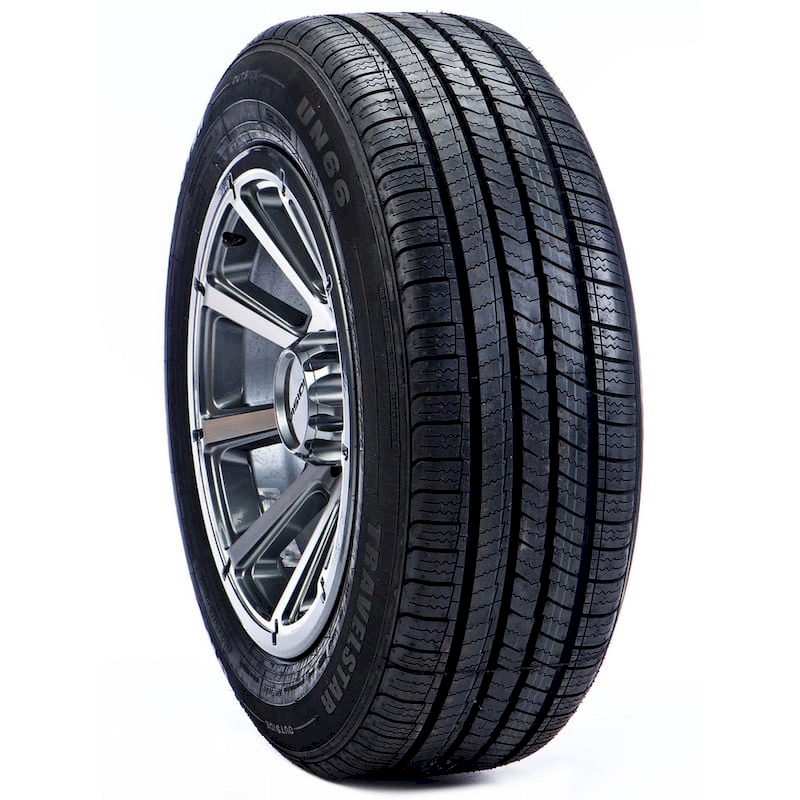
Conclusion
Understanding what tires are made out of is vital for anyone invested in vehicle performance, safety, and environmental considerations. The composition of tires extends beyond mere materials; it encompasses a complex interplay of engineering, design, and sustainability.
Through this comprehensive exploration of tire materials, types, and manufacturing processes, you are now equipped with valuable insights to navigate the world of tires. Whether you’re selecting tires for a vehicle or simply curious about their construction, this knowledge enables informed decisions that enhance both safety and performance.
As you continue to drive your vehicle, remember that the right understanding of what tires are made out of not only improves safety but also fosters environmentally responsible choices. By recognizing the quality and technology behind your tires, you take an essential step toward ensuring a smoother and safer ride.
